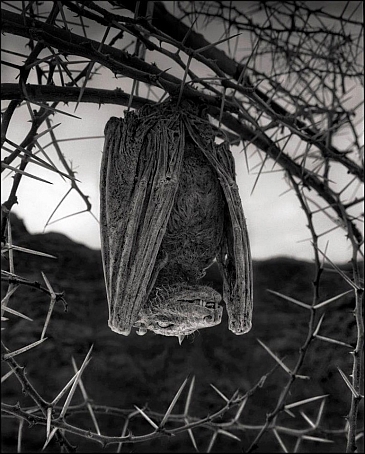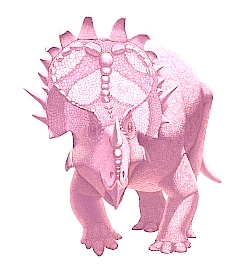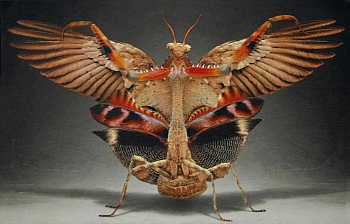
During the last winter of King Geirthjof’s reign, the jǫtnar raged down from their mountain lairs, ravaging Geirthjof’s frontier lands. Forts burned, and hundreds of people fled the advancing jǫtunn horde. When news of the incursion reached Geirthjof, the aged king donned his armor, took up his lance, and mounted his griffon to lead his armies into battle one last time.
At Forni Pass, Geirthjof met the advancing jǫtnar, knowing he had to stop them in the chokepoint leading out of Baridipopo Valley. Otherwise, the jǫtnar could spread out through the more loosely defended lands closer to the capital. The battle lasted throughout the day and into the early hours of the evening. Thousands died, and Geirthjof himself fell under the axe of the jǫtunn jarl Thrúdgelmir, but not before the king struck the jarl a mortal blow.
The strange mingling of human and jǫtnar gore, of noble sacrifice and bestial rapaciousness, cursed the land. As winter months turned to spring, Baridipopo Valley failed to thaw. Indeed, cold and ice tightened their grip even more over the region. Today, no matter what, Baridipopo Valley remains locked in deepest winter. The arctic conditions fade as one moves away from the valley, but the valley itself is always frozen. Heavy snow and ice, sudden windstorms and blizzards, and air so cold that it burns the lungs combine to make life within Baridipopo Valley almost impossible. Even animals native to the arctic lands around the valley do not venture far into this eternal winter.
King Geirthjof’s frontier on the other side of Baridipopo Valley has yet to reclaimed. The pass through the valley cannot be used for trade and travel. The frontier’s burned-out forts and destroyed villages remain as grim monuments to jǫtunn savagery. Bands of jǫtnar prowl the frontier, but even they seldom venture into the valley.
“Why?” you ask.
It’s not because jǫtnar cannot survive the frigid conditions of Baridipopo Valley, but because of the other dangers resulting from the strange curse that seized the land after Geirthjof’s death and victory. More than winter’s hazards await any who would trespass on the valley’s unhallowed land. Undead monsters made from corpses, ice, and terror stalk the valley. Colonies of deadly ice bats swarm through the dead, frozen forest.
Still, the brave or the foolish risk Baridipopo Valley’s dangers. The jǫtnar were known to have looted and pillaged the frontier, but the spoils of the victories were never recovered. Is their lost treasure locked in ice somewhere in Baridipopo Valley? So far, few adventurers have entered the valley and emerged with more than tales of terror and body parts lost to frostbite, but the successes are tantalizing: weapons with remarkable qualities, coffers full of gems and gold coins, et cetera.
What greater treasures may yet be discovered?
Tags: monsters, place of power, Swords & Wizardry





